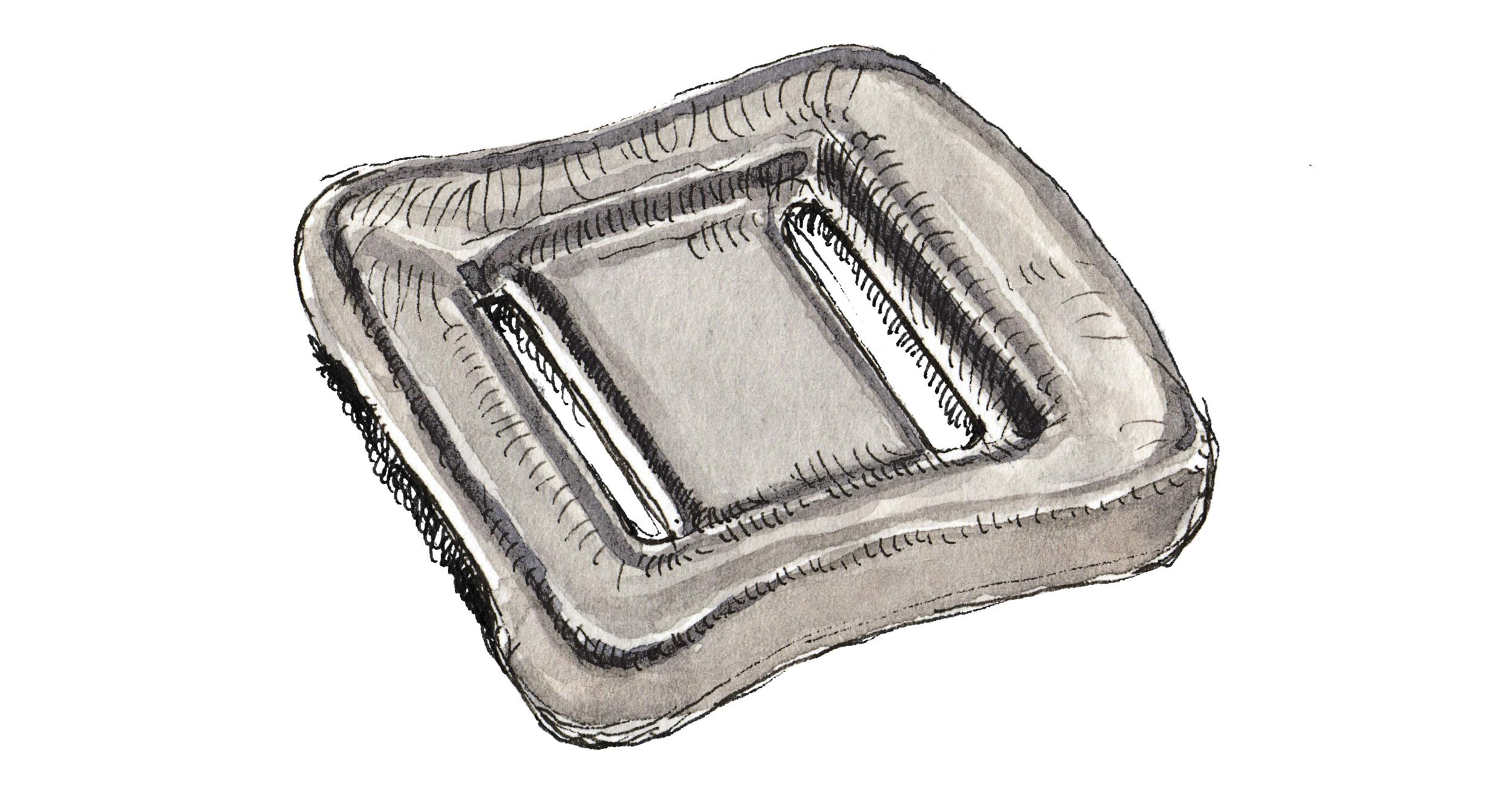
Three kilos of lead
Wearing a 5-mm neoprene diving suit makes you float as if you were wearing floaties. A belt with three kilos of lead weights and long fins let me dive deep underwater.
Diving suit, fins, and belt on, I jumped from the dingy to dive in search of the flat rocks, a kilometer-long area of stones nearby my family's Summer house. The water was foggy, and I could barely see anything. At the sea bottom: sand. The flat rocks were nowhere to be found. As I came back up to breathe, Bea shouted, A dolphin! Get on the boat! I went up after what would be my first (and last) dive of the day. Dad drove the boat slowly, following a pair of dolphins that swam away parallel to the coast. For an hour, we swam with around eight dolphins traveling in couples that, to the eye, appeared to be about two to three meters long. They'd frequently go up for air, as we do when freediving—only that they hold their breath for up to ten minutes1 and navigate at around ten to twenty kilometers per hour2.
It was the first time we've seen dolphins in the area in thirty years.
What's excellent news is that, a week later, we found and geo-located the flat rocks with crystal clear water—a bank of hundreds of sardines, a few giant jellyfish, and lots of anemones attached to the flat rocks.
How long can a dolphin hold its breath? Ponce Inlet Watersports. ↩
How fast can dolphins swim? Dolphin Communication Project. ↩

